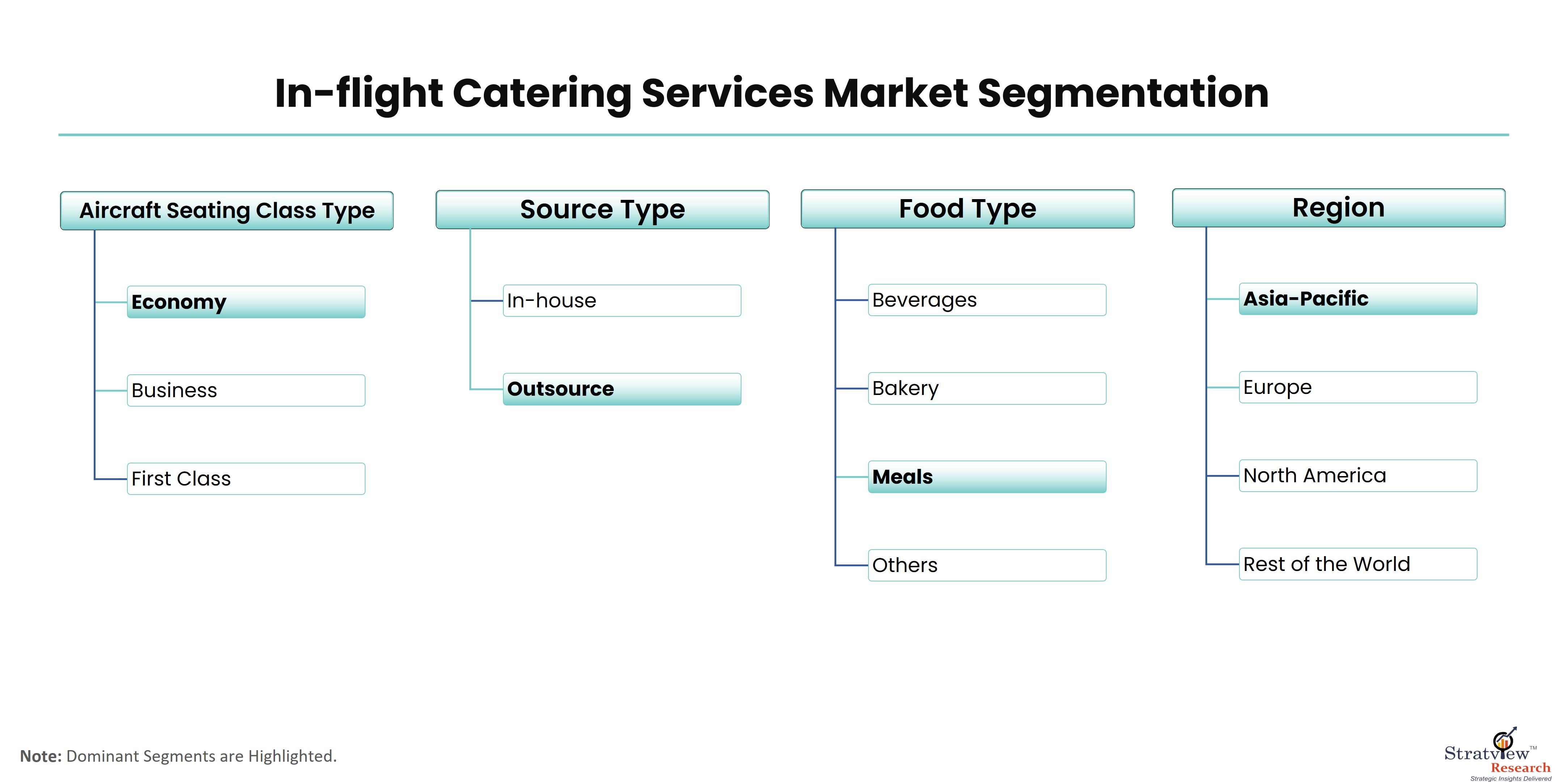Key Drivers Fueling the Expansion of the In-flight Catering Services Market

The in-flight catering services market is set for robust growth, driven by a combination of factors that are reshaping the airline industry and elevating the passenger experience. As airlines seek to differentiate themselves, the quality of in-flight catering has become a significant factor influencing customer satisfaction and loyalty. In this article, we explore the key drivers fueling the expansion of the in-flight catering services market.
According to Stratview Research, the in-flight catering services market was estimated at USD 9.22 billion in 2022 and is likely to grow at a CAGR of 7.03% during 2023-2028 to reach USD 13.91 billion in 2028.
1. Recovery of Global Air Travel
One of the most significant drivers of the in-flight catering services market is the strong recovery in global air travel following the COVID-19 pandemic. As travel restrictions ease and passenger volumes increase, airlines are ramping up their operations to meet rising demand. Both leisure and business travel have rebounded, and with the return of long-haul flights, the demand for in-flight meals has surged. This recovery, particularly in international travel, is a major factor propelling the growth of the in-flight catering industry.
2. Changing Passenger Expectations
Today’s passengers are more discerning than ever, and their expectations for in-flight services, including catering, have evolved. Travelers now demand high-quality meals that cater to a wide variety of preferences and dietary requirements. Health-conscious passengers are seeking nutritious, low-calorie, and organic meal options, while others may prefer vegan, gluten-free, or allergen-free alternatives. This shift toward personalization and customization is driving airlines to work with catering companies to offer diverse and elevated meal experiences, positioning in-flight catering as a key differentiator in the competitive aviation market.
3. Technological Advancements
The integration of technology is transforming the in-flight catering process, leading to greater efficiency and better service. Airlines are adopting digital platforms that allow passengers to pre-order meals, offering them more choices and enabling catering providers to reduce waste by preparing the exact amount of food needed. Automation and data analytics are also helping airlines improve the logistics of meal preparation and delivery, enhancing the overall passenger experience. Furthermore, advancements in packaging technology are enabling the use of eco-friendly materials, aligning with the industry’s focus on sustainability.
4. Sustainability Initiatives
Sustainability has emerged as a crucial driver of growth in the in-flight catering services market. Airlines are increasingly adopting eco-friendly practices in their catering operations to reduce their environmental impact. This includes minimizing food waste, sourcing locally-produced and sustainable ingredients, and reducing the use of single-use plastics. As passengers become more eco-conscious, airlines that incorporate sustainability into their catering services are gaining a competitive edge.
Conclusion
The expansion of the in-flight catering services market is being fueled by the recovery of air travel, evolving passenger expectations, technological advancements, and the growing emphasis on sustainability. As airlines continue to invest in enhancing the passenger experience through innovative and personalized meal offerings, the in-flight catering market is set to thrive in the years ahead.
- Questions and Answers
- Opinion
- Story/Motivational/Inspiring
- Technology
- Art
- Causes
- Crafts
- Dance
- Drinks
- Film/Movie
- Fitness
- Food
- Games
- Gardening
- Health
- Home
- Literature
- Music
- Networking
- Other
- Party
- Religion
- Shopping
- Sports
- Theater
- Wellness
- News
- Culture
- War machines and policy

